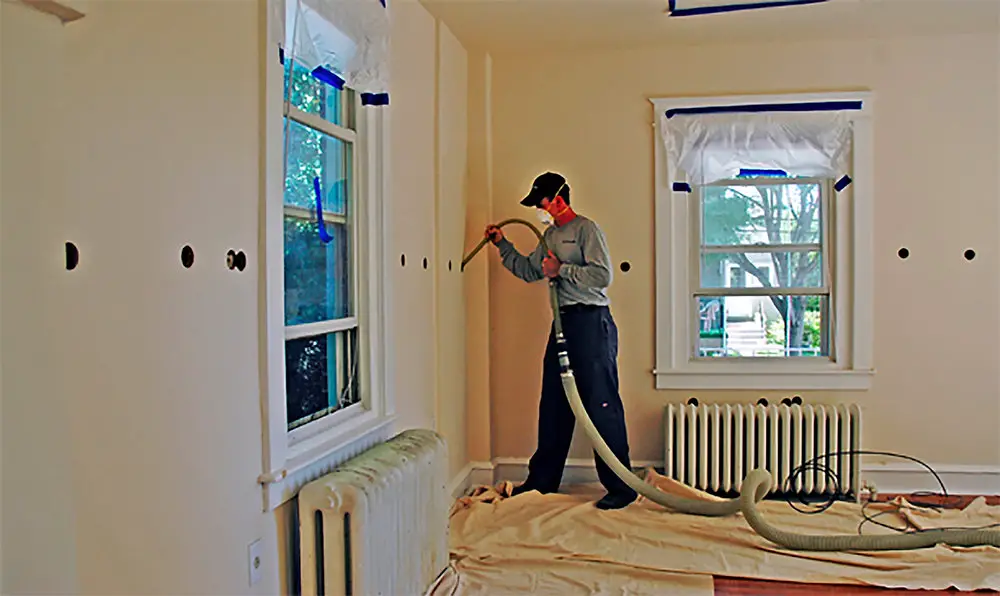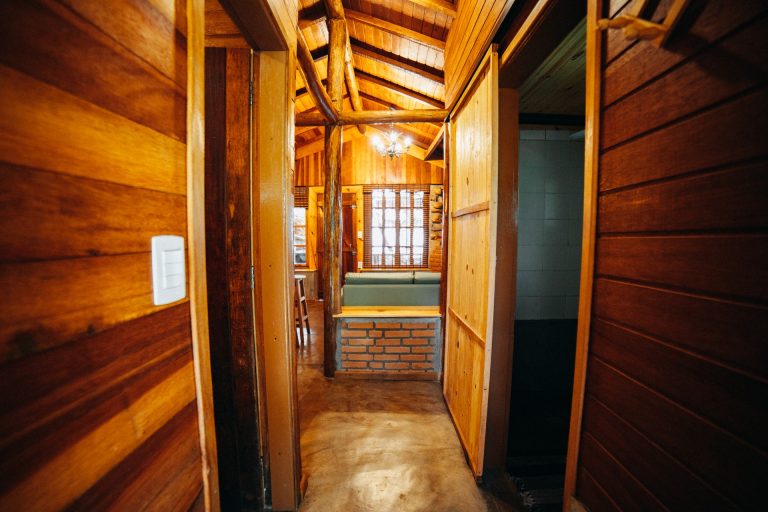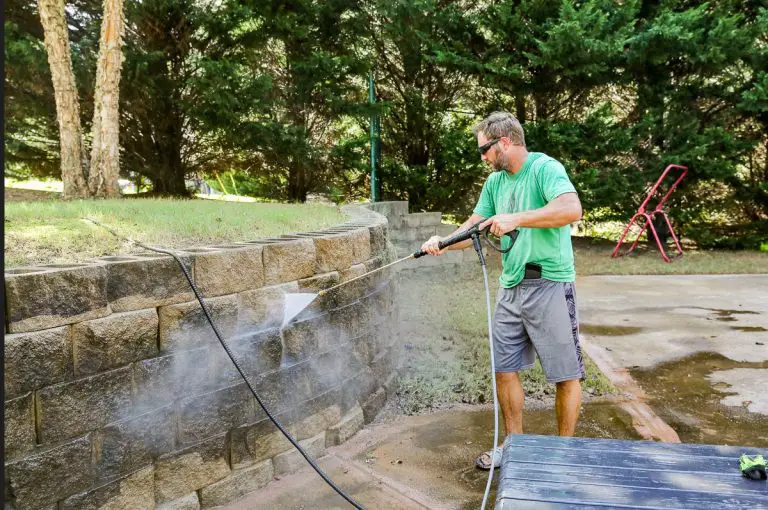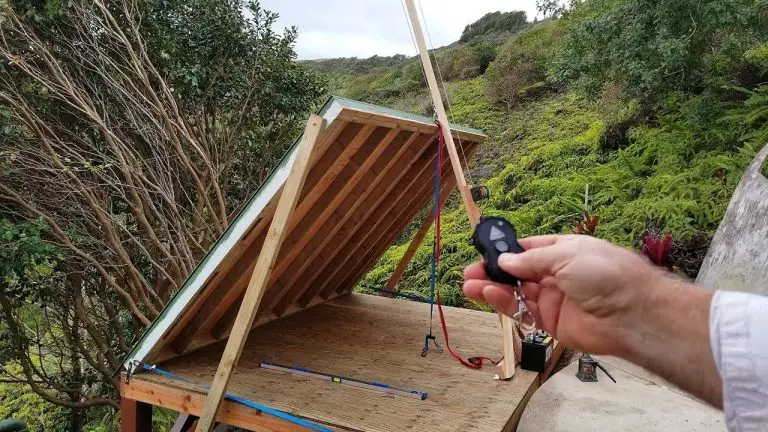Can You Insulate Interior Walls Without Removing Drywall
Insulating interior walls is an effective way to improve the energy efficiency of your home and reduce your energy bills. While many homeowners opt to remove the drywall and insulate between the studs, it is possible to insulate interior walls without removing the drywall. This is done by injecting foam insulation into the wall cavities, which can provide excellent insulation without the need to tear out the existing drywall. Additionally, this method can be used to add insulation to walls that have already been finished with drywall.
What is Drywall and How Does It Help with Insulation?
Whether you live in an older home or a newly constructed house, drywall is a common wall covering. But what is drywall and how does it help when it comes to insulation? A drywall is a type of wall covering made up of gypsum plaster sandwiched between two sheets of heavy paper. It is installed over wood or steel framing to form a finished wall. Not only does it provide a smooth surface, but it also acts as a soundproof barrier.
When it comes to insulation, drywall helps to keep your home warmer in the winter and cooler in the summer. This is because drywall acts as an air barrier, trapping heat and preventing it from transferring from one side of the wall to the other. In addition, it can also help to reduce noise transfer from one room to the next, making it a great option for soundproofing.
When it comes to insulating your interior walls without removing drywall, there are a few options available. For instance, you can install foam insulation panels directly to the wall, or you can use spray foam insulation to fill any gaps or voids. You can also install insulation tape or caulk around windows or doors to help prevent drafts.
Reasons to Insulate Interior Walls Without Removing Drywall
Insulating interior walls can be a costly and time-consuming process, especially when it requires removing drywall. But, if done correctly, you can insulate interior walls without removing drywall. There are several advantages to insulating interior walls without removing drywall, such as energy efficiency, improved soundproofing, and cost-effectiveness.
Insulating interior walls without removing drywall can help increase energy efficiency. This is because insulation helps to keep warm air inside and cold air outside, making the interior of the home more comfortable while reducing energy costs. Insulating walls without removing drywall also helps to improve soundproofing by blocking external noise from entering the home. This is especially beneficial in homes located in noisy areas, such as near an airport or busy road.
Insulating Interior Walls Without Removing Drywall
Insulating interior walls without removing drywall is a great way to increase the energy efficiency of your home. It’s a relatively simple and cost-effective way to make a meaningful difference in your energy bills. Insulating interior walls without removing drywall can also help reduce noise from outside, and make your home a more comfortable place to live. Plus, it’s a great way to add thermal mass to your home, which can help keep temperatures more even.
The primary benefit of insulating interior walls without removing drywall is convenience. You can easily install insulation yourself, and you don’t have to worry about the mess and cost of drywall removal. Plus, insulating interior walls without removing drywall can be done in a fraction of the time it would take to remove and replace drywall.
In addition to being convenient, insulating interior walls without removing drywall can be a great way to increase the energy efficiency of your home. Insulation helps keep the air in your home warm in the winter and cool in the summer. It also helps reduce air leakage, meaning less energy is wasted. By reducing air leakage, you can help reduce your energy bills and make your home more comfortable.
Finally, insulating interior walls without removing drywall can also help reduce sound transmission. Insulation acts as a sound buffer, helping to reduce noise from outside and making your home a more peaceful place to live.
Steps to Take When Insulating Interior Walls Without Removing Drywall
Insulating interior walls is a great way to reduce energy costs and make your home more comfortable year-round. But what if you don’t want to go through the hassle of removing all the drywall? Fortunately, there are still ways to insulate interior walls without tearing out the existing drywall. Here are the steps you should take when insulating interior walls without removing drywall:
- Check for insulation. Before beginning the process, it’s a good idea to check for existing insulation in the walls. If there is any present, you may be able to use it to supplement the insulation you’re planning to install.
- Use caulk and foam sealant. You can use caulk and foam sealant to seal any gaps or cracks in the walls that may be allowing heat to escape. This is a great way to keep the heat in and the cold out without having to remove the drywall.
- Install interior insulation. Several types of interior insulation can be installed without removing the drywall. This includes rigid foam boards, foam spray, and even fiberglass insulation.
- Properly seal the insulation. Once you’ve installed the insulation, it’s important to make sure that it’s properly sealed. This can be done with the use of caulking or foam sealants to ensure that no air is escaping from the wall.
By following these steps, you can easily insulate interior walls without having to remove the existing drywall. Of course, it’s always a good idea to consult a professional if you’re uncertain of the process. But with the right materials and a little know-how, you can save time and money by insulating your interior walls without having to go through the hassle of removing the drywall.

What Type of Insulation is Best for Insulating Interior Walls Without Removing Drywall?
Insulating interior walls without removing drywall can be an effective way to save energy and reduce your heating and cooling costs. But, for the best results, you’ll need to choose the right type of insulation. There are three main types of insulation for interior walls: fiberglass, cellulose, and spray foam. To decide which type of insulation is best for your interior walls, you’ll need to consider several factors such as R-value, fire resistance, water resistance, and installation ease.
Cellulose insulation is made from recycled paper products and is treated with fire retardants. It is more expensive than fiberglass insulation, but it has a higher R-value and is more fire and water-resistant. It can also be installed without removing drywall and is less prone to settling than fiberglass insulation.
Costs and Savings of Insulating Interior Walls Without Removing Drywall
Insulating interior walls without removing drywall is a more cost-effective and time-saving alternative to removing the drywall and then replacing it with insulation. The cost of removing drywall can increase significantly if the drywall is in a difficult location or if the walls are covered in wallpaper. The cost of insulating interior walls without removing drywall is significantly lower than the cost of having to replace drywall and insulation. The time saved by not removing the drywall is also considerable.
The overall savings from insulating interior walls without removing drywall can be significant. The money saved on labor costs and materials can add up quickly, especially if the interior walls are large or the project is on a tight budget. Additionally, the energy savings from properly insulated walls can help reduce heating and cooling bills in the long run, providing even more savings.
Insulating interior walls without removing drywall also has environmental benefits. By not having to remove and replace drywall, fewer materials are used and less waste is generated. This not only reduces the amount of material going into landfills but also helps reduce the carbon footprint of the project.
Conclusion
It is possible to insulate interior walls without removing drywall by using a variety of foam or fiberglass insulation materials. The most important factor in deciding which material to use is the R-value, or the ability of the material to resist heat transfer. With the appropriate material, careful installation, and proper maintenance, insulating interior walls without removing drywall can be an effective and cost-efficient way to improve the energy efficiency of your home.







